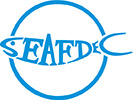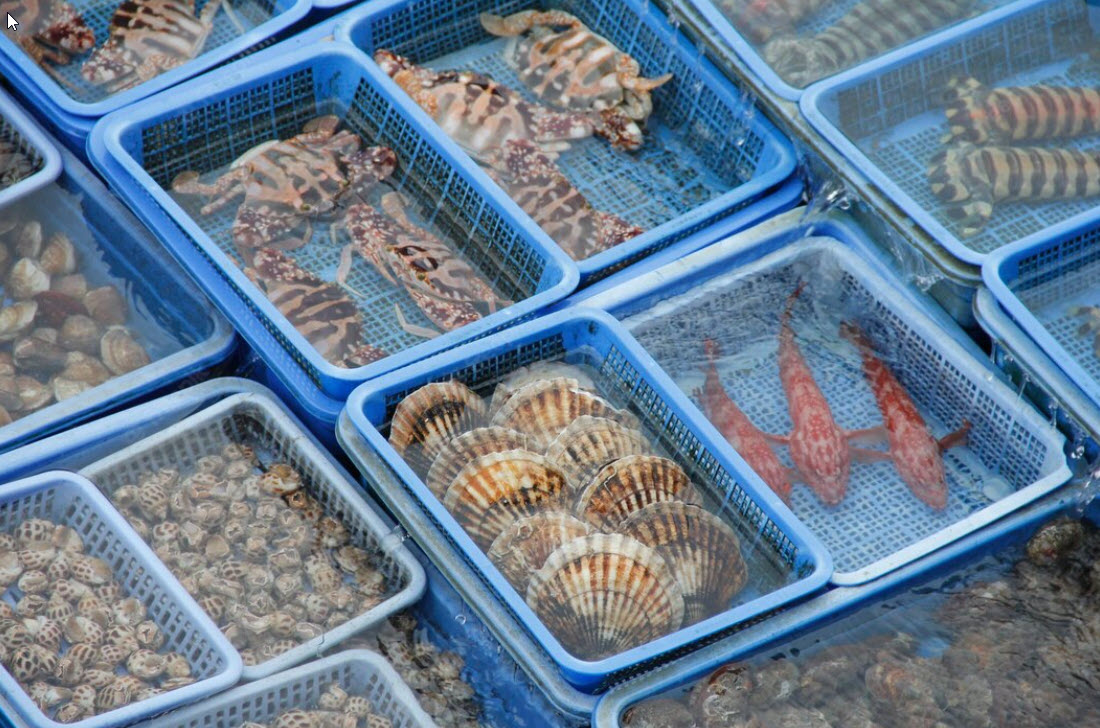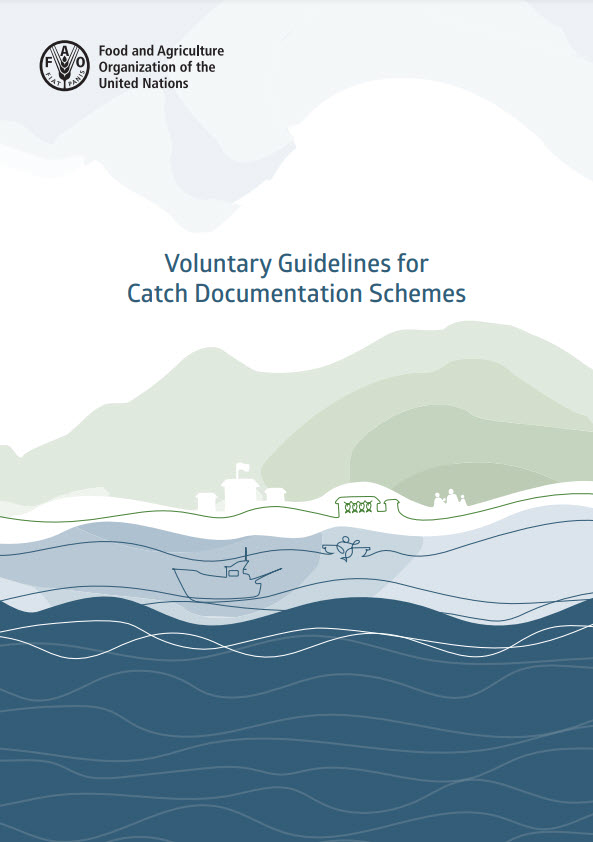

The Regional Workshop to Exchange Information on Catch Documentation Scheme and Traceability of Fish and Fishery Products
29-30 November 2022
SAEFDEC/TD, Samut Prakan Province, Thailand
 In the early 2000s, consumers from the EU had become concerned with the trade of fish and fishery products produced through illegal, unreported and unregulated (IUU) fishing operations as these constitute one of the most serious threats to the sustainable exploitation of living aquatic resources and jeopardize the very foundation of the common fisheries policy and international efforts to promote better ocean governance (EU IUU Regulation). For this reason, the EU adopted the Regulation (EC) No. 1005/2008 establishing a community system to prevent, deter and eliminate IUU fishing, also known as the EU IUU Regulation, which comes with the respective implementing regulations and other legislative tools. The EU IUU Regulation includes a provision on the need for importing countries to develop their respective catch documentation schemes (CDSs) building upon the primary responsibility of the flag States to prevent, deter and eliminate IUU fishing, and constituting a valuable supplement to port State and other measures.
In the early 2000s, consumers from the EU had become concerned with the trade of fish and fishery products produced through illegal, unreported and unregulated (IUU) fishing operations as these constitute one of the most serious threats to the sustainable exploitation of living aquatic resources and jeopardize the very foundation of the common fisheries policy and international efforts to promote better ocean governance (EU IUU Regulation). For this reason, the EU adopted the Regulation (EC) No. 1005/2008 establishing a community system to prevent, deter and eliminate IUU fishing, also known as the EU IUU Regulation, which comes with the respective implementing regulations and other legislative tools. The EU IUU Regulation includes a provision on the need for importing countries to develop their respective catch documentation schemes (CDSs) building upon the primary responsibility of the flag States to prevent, deter and eliminate IUU fishing, and constituting a valuable supplement to port State and other measures.
The EU therefore, introduced on 1 January 2010, the Catch Certification Scheme (CCS), whereby fisheries products must be accompanied by Catch Certificate (CC) declaring that the catch was produced in accordance with applicable laws, regulations and international conservation and management measures. While the CDS should be designed to address the concerns on IUU fishing, especially as an important tool to combat IUU fishing, it should be developed from the point of view of Monitoring, Control and Surveillance (MCS) or from trade documentation perspective.
Meanwhile, the EU IUU Regulation is being applied to all trade of marine fishery products, processed or not, originating from third country fishing vessels and exported to the EU by any means of transportation, and also to any catch originating from EU fishing vessels to be exported to third countries, as well as to transshipments and processing operations. Legally, the CCS is meant to record the origin of all the marine products arriving the EU market. This implies that EU importers must ensure that all consignments to be imported have validated certificates provided by exporters prior to the importation to the EU. Normally, the Fisheries Authority of the flag country of the vessel is responsible for the issuance of the Catch Certificate.
 In 2017, FAO developed the Voluntary Guidelines for Catch Documentation Schemes (VGCDS), which includes the Catch Documentation Schemes (CDSs) for wild capture fish caught for commercial purposes in marine or inland areas, whether processed or not. The Guidelines had been developed recognizing the relevant international laws and other international instruments, e.g. the International Plan of Action to Prevent, Deter and Eliminate Illegal, Unreported and Unregulated Fishing (IPOA-IUU).The VGCDS therefore aims to provide assistance to States, regional fisheries management organizations, regional economic integration organizations, and other intergovernmental organizations, in their efforts towards developing and implementing new CDS or harmonizing or reviewing their existing CDSs.
In 2017, FAO developed the Voluntary Guidelines for Catch Documentation Schemes (VGCDS), which includes the Catch Documentation Schemes (CDSs) for wild capture fish caught for commercial purposes in marine or inland areas, whether processed or not. The Guidelines had been developed recognizing the relevant international laws and other international instruments, e.g. the International Plan of Action to Prevent, Deter and Eliminate Illegal, Unreported and Unregulated Fishing (IPOA-IUU).The VGCDS therefore aims to provide assistance to States, regional fisheries management organizations, regional economic integration organizations, and other intergovernmental organizations, in their efforts towards developing and implementing new CDS or harmonizing or reviewing their existing CDSs.
Traceability system is one of the most recent trade requirements being put into force in response to the pressing needs expressed by the markets to ensure that fish and fishery products in the supply chain are not derived from IUU fishing activities. It is also being used to facilitate the tracking of the flow of products through the production processes or the supply chain to ensure that these are safe for human consumption.
A traceability system requires that fisheries companies should record the source, volume, form, and certificate numbers of all products received under a Catch Documentation Scheme (CDS). The same type of records must be kept by operators for all products leaving a company, whether these are meant for international export or as business-to-business transfer/sale of products within the national supply chain. Therefore, a trace is created that indicates the complete information of a batch of products flowing through the supply chain, which could be accessed by authorities for inspection purposes, if necessary. Specifically, the benefits of traceability systems could be seen from three main aspects, i.e. ensuring food safety, promoting better process controls, and securing better market niches
At a regional level, SEAFDEC has been promoting the development of regional tools and supporting ASEAN Member States (AMSs) for combating IUU fishing which relevant to traceability of fish and fishery products as ASEAN Catch Documentation Scheme.
Objectives
-
1. To share information on traceability of fish and fishery products activities to combat IUU fishing
-
2. To promote fisheries management tools for combating IUU fishing with relevant to traceability of fish and fishery products by SEAFDEC
-
3. To discuss on traceability of fish and fishery products strategies in the region
Expected Output
-
1. Updated information and implementation on traceability of fish and fishery products activities to combat IUU fishings
- 2. Recommendation on strategies for traceability of fish and fishery products

